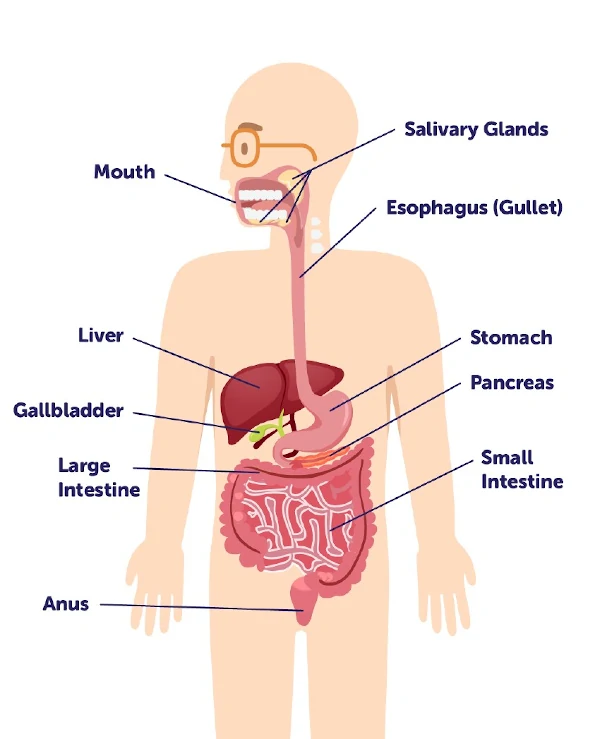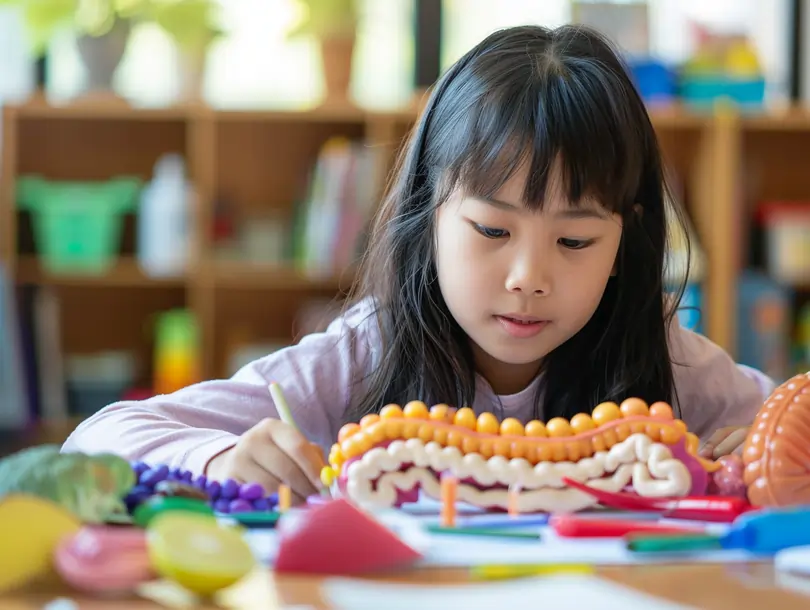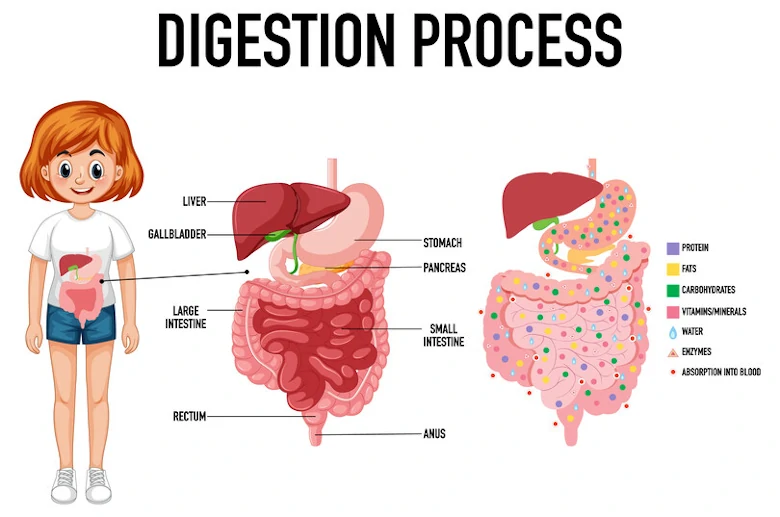Diversity Of Plants
In this article, you will be introduced to the diversity of plants according to the Singapore Primary 3 Science Syllabus. We will learn how we can classify plants according to their characteristics.
Watch our video lesson!
Note: This video lesson on Science in Nature is just one of the many weekly GenieClass lessons you can attend from the comfort of your home. If you prefer learning in a physical classroom, check out our new tech-enhanced tuition classes at Geniebook CAMPUS.
What Is A Plant?
A plant is a living thing that can make its own food and has roots, stems, and leaves. Each part of the plant has a function to ensure the survival of the plant.

The leaves of a plant help to trap sunlight (light energy) for the plant during photosynthesis and also allow gaseous exchange with the surroundings. The stem of a plant helps to connect the roots of the plant to the leaves. It also helps in the following two ways:
- transport water from the roots to the rest of the plant and,
- transport food made in the leaves to the rest of the plant.
The roots of a plant help to hold (anchor) the plant firmly to the ground and also absorb water and minerals from the soil.
Classification Of Plants
Plants can be classified into two main groups: flowering plants and non-flowering plants.
Flowering plants are plants that can bear flowers while non-flowering plants are plants that cannot bear flowers. Plants can also be classified into other groups such as land plants and aquatic plants (water plants).
Flowering Plants
Flowering plants are plants that are able to produce flowers. However, they do not produce flowers all the time. They only produce flowers when they are adult plants and when the conditions are right for them to bear flowers.
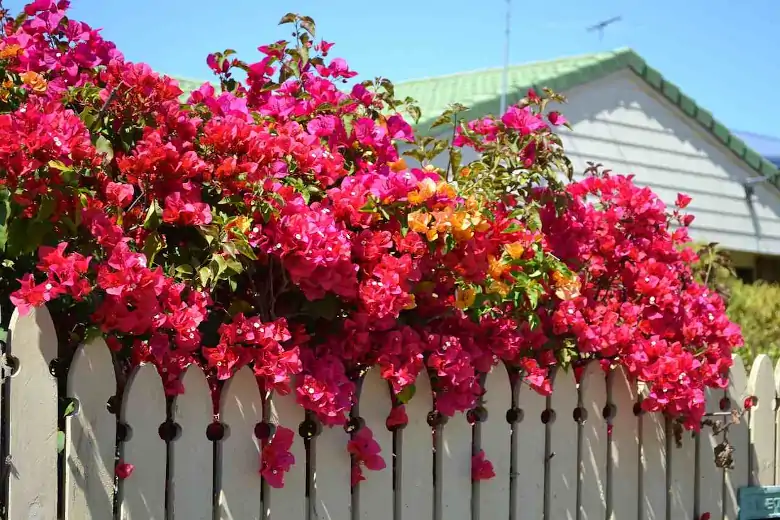
Image Credits: pixabay - Bougainvillea Plant
Non-Flowering Plants
Non-flowering plants are plants that cannot produce flowers. Most non-flowering plants reproduce by spores that are mainly found on the underside of their leaves.
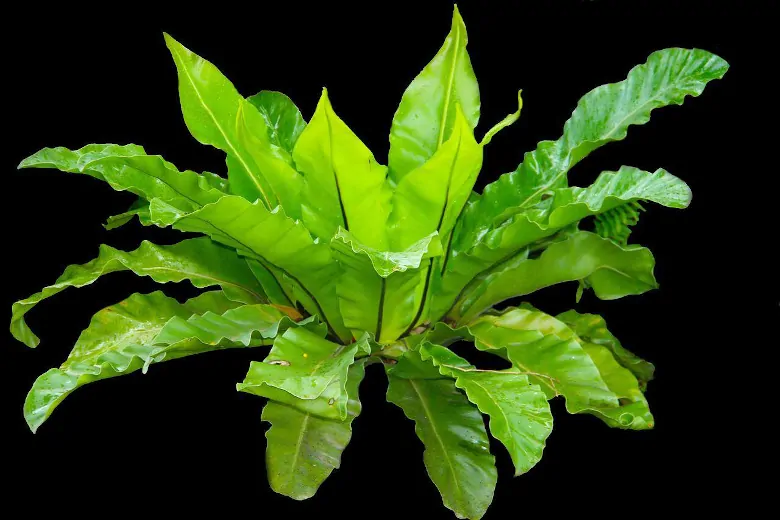
Image Credits: pixabay - Bird’s Nest Fern
Land Plants And Aquatic Plants
Plants can be classified into land plants and aquatic plants as shown in the table below.

Land plants are plants that live on land. Aquatic plants, also known as water plants, are plants that live in water. Aquatic plants can be further classified into floating plants, partially submerged plants and fully submerged plants. Floating plants are plants that float on water with their roots dangling in the water and the leaves and flowers float above the water surface. Partially submerged plants have roots in the soil with parts of the plant growing out of the water. Fully submerged plants have roots that are planted in the soil and the rest of the plant parts are in the water.
Conclusion
In this article, we learned about the diversity of plants. We also explored how to classify plants based on their characteristics.
Test Your Concepts
Answer the following questions based on the concepts that we have covered in this article. If you are unclear, you may want to revisit the relevant section to revise the concepts.
Question 1:
Some plants are classified into two groups as shown in the table below.
| Group E | Group F |
|---|---|
| tulip | ladder fern |
| hibiscus | bird's nest fern |
Which of the groups, E or F, will the plants produce fruits? Explain your answer.
Solution:
The plants in Group E will bear fruits.
The plants in Group E are flowering plants and only flowering plants are able to produce fruits.
Explanation:
Flowering plants produce flowers which will develop into fruits that contain seeds.
| Continue Learning | |
|---|---|
| Systems | Diversity Of Materials |
| Plants And Their Parts | Living And Non-Living Things |
| Diversity Of Plants | Digestive System |
| Diversity Of Animals | Fungi & Bacteria |
Test Yourself
Study the chart below.

Based on the information above, which of the following organisms are definitely plants?
All plants have roots, stems and leaves. Not all plants have flowers.
Cindy was observing a plant that she saw in the garden. She concluded that it was a non-flowering plant as it did not bear any flowers. However, her brother, Sam, said that she was wrong and concluded that it was a flowering plant. They gave the following reasons:
A: It lives in the water.
B: It was a young plant.
C: It is not the correct time to bear flowers.
Which of the following reasons given are possible explanations to why the flowering plant did not bear any flowers?
A plant has to be mature enough (old enough) to produce flowers. A plant produces flowers at different times of the year.
Study the plants as shown below.
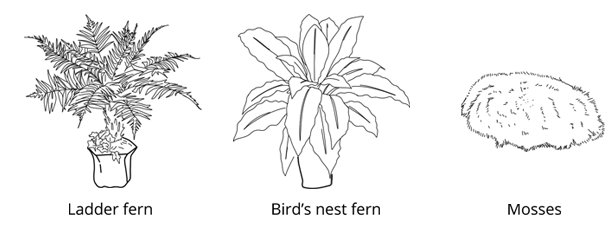
Which one of the following characteristics is shared by the plants shown above?
1: They are harmful plants.
2: They reproduce by spores.
3: They are found on land and in water.
4: They feed on other plants and animals.
Ferns and mosses are non-flowering plants that reproduce by spores.
Which of the following statements about plants is not correct?
1: All plants can die.
2: All plants produce flowers to reproduce.
3: Plants can respond to changes around them.
4: Plants need carbon dioxide, water and sunlight to make food.
(2) is incorrect. Some plants do not have flowers, they reproduce by spores.
Which one of the following statements about plants is true?
1: All non-flowering plants are not green.
2: All flowering plants produce their flowers singly.
3: Flowering plants produce flowers when they are adult plants.
4: Flowering plants have more leaves than non-flowering plants.
(1) is false. Non-flowering plants are green too.
(2) is false. Flowering plants produce flowers either singly or in clusters.
(3) is true. Flowering plants produce flowers only when they are in the adult stage.
(4) is false. It is not necessarily true that flowering plants have more leaves than non-flowering plants or vice versa.


 SG
SG  VN
VN 
